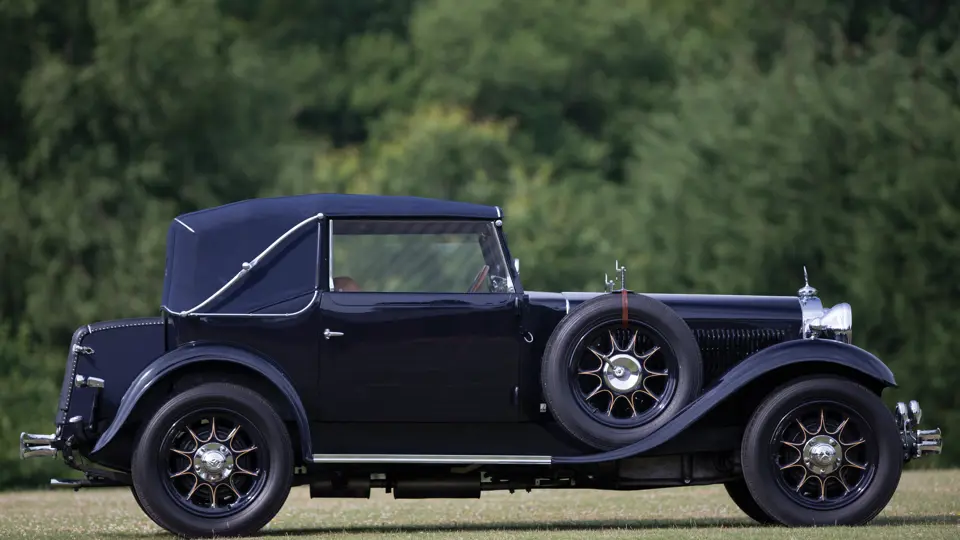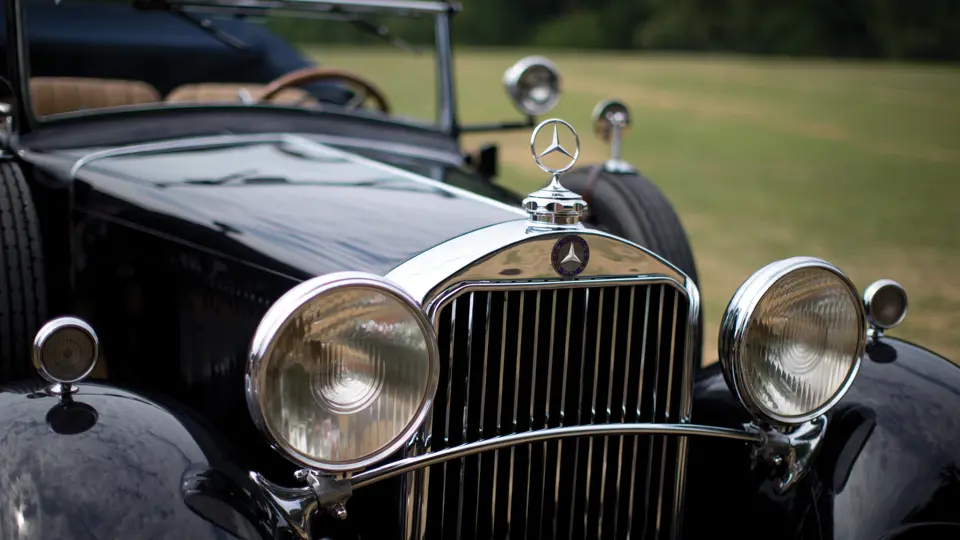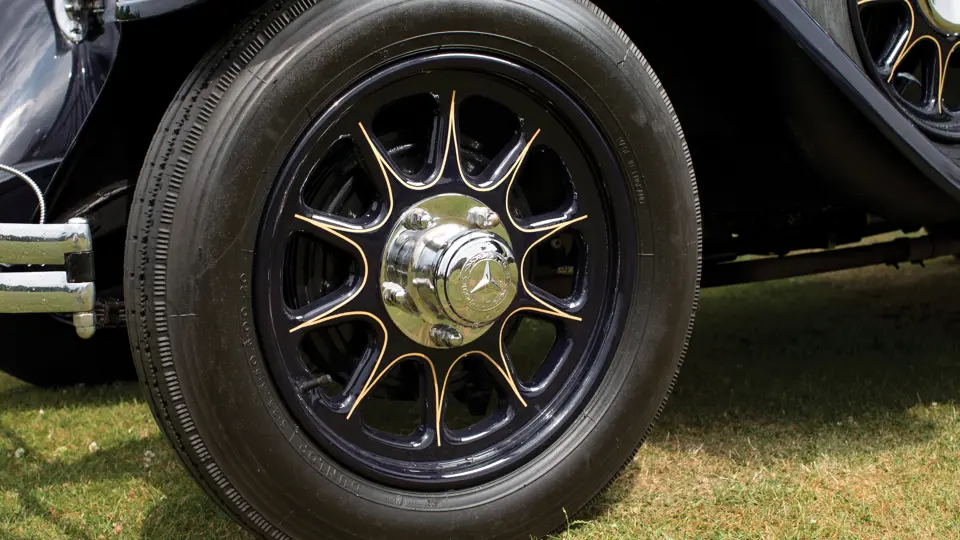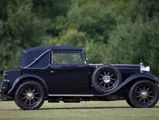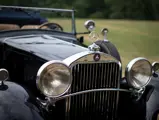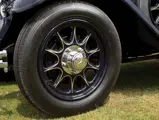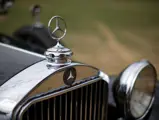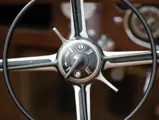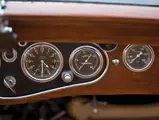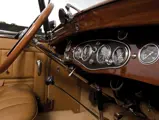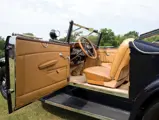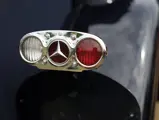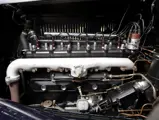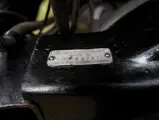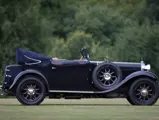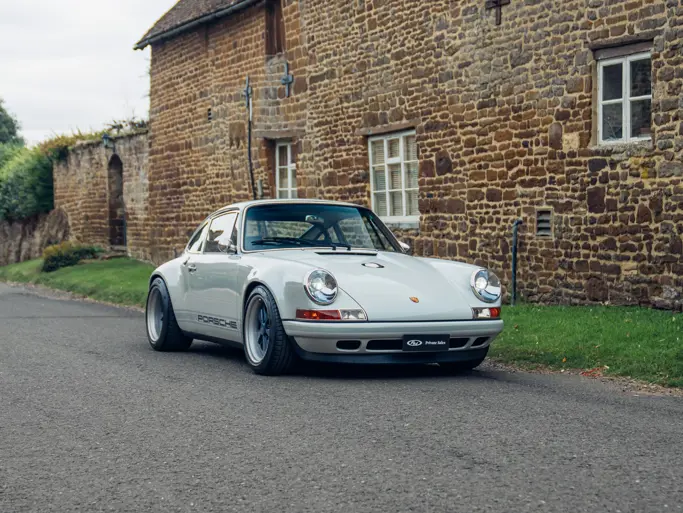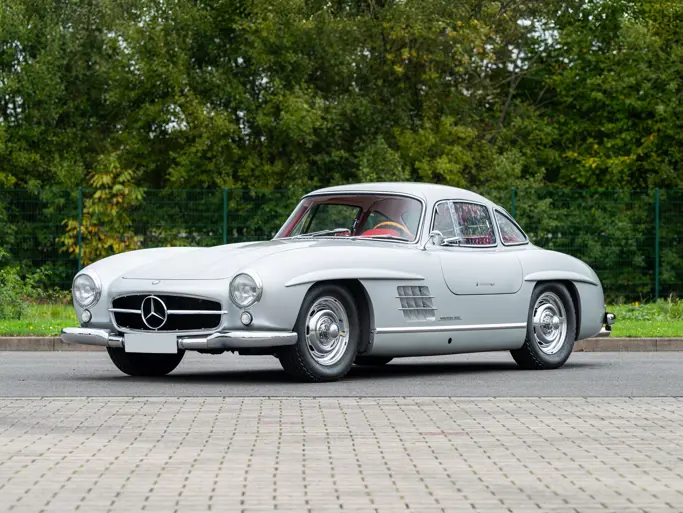74 bhp, 3,689 cc side-valve six-cylinder inline engine, four-speed manual transmission, front and rear leaf-spring suspension, and four-wheel vacuum-assisted drum brakes. Wheelbase: 3,048 mm
Prior to their 1926 merger, Mercedes and Benz were both known for sporting cars, so it was only natural that the post-merger hyphenated marque would continue in that idiom, building on the strength of their combined talents and experience. Of course, thoughts of these efforts can only bring to mind the legendary supercharged SS and SSK models and their eight-cylinder successors. Frequently forgotten though are the touring automobiles that continued to emanate from the Stuttgart factory through World War II.
In contrast to the sports cars, they had side-valve engines, flat radiators, and artillery wheels. They were named for German towns, with the smallest being the Stuttgart and the mid-range being the Mannheim, which is offered here. For 1930, the K variant of the Mannheim 370 was introduced. The 370K, with the “K” for kurt, noting a short wheelbase, was 175 millimetres less than the standard 370, and it was powered by a 3,689-cubic centimetre, side-valve, six-cylinder engine that could produce 74 brake horsepower. It was coupled to a three-speed transmission, which made available a claimed top speed of 105 km/h. For the 370K model, only cabriolet bodies were available from Mercedes’ in-house coach builder at Sindelfingen. As always, customers could purchase the chassis by itself and have another coachbuilder fit a bespoke body.
The attractive 370K example offered here is fitted with an attractive cabriolet body that offers four passengers comfort in stylish open-air flair. According to a supplied copy of its original build sheet, chassis 84084 was first delivered in August 1931 to its first client, Mrs Greti Flury, of Oschwand, Switzerland, through Mercedes’ branch in Zurich. The car is also accompanied by a Mercedes-Benz Classic Certificate issued to Gerd Kellers, presumably its owner in 2004, and, interestingly, a listing of cars shown at the 1931 Berlin Auto Show.
Treated to a cosmetic restoration some time ago, its dark blue paint exhibits some wear and minor chipping around the panel edges, and the blue cloth convertible top suits the car very well, with some slight wrinkling from storage in the down position. All of the chrome adornments, including the radiator shell, bumpers, dual wing-mounted parking lights, the driver’s side spotlight, headlight buckets, and the landau bars, all show minor patina that could be polished to a more lustrous shine, although there is some delamination of the chrome hubcaps. In addition to the chrome accessories, charming dual trafficators have been mounted to each side of the cowl and were finished in body colour blue.
A set of side-mounted spare tyres are each appointed with a pedestal mirror, which have been affixed by exquisite leather straps that have “Mercedes” beautifully embossed into them. This elegant Cabriolet glides on four Dunlop blackwall tyres that are mounted on blue steel artillery wheels that have yellow pinstripes, accenting each spoke. A look under the car reveals that it has been enjoyed; the chassis wears older black paint with moderate dirt and rust, which is indicative of touring usage, in addition to a set of modern tube-style shocks on the rear axle for added ride comfort. In keeping with the touring image, a rear trunk, finished in tan carpet, holds the convertible top boot for fair weather motoring.
The interior is fitted with gracious looking, lightly worn, biscuit tan leather upholstery and a tan headliner, and it is complemented by light tan carpeting covering the floor, with the mats on the front driver’s and passenger’s side containing dark blue inserts. The wood trim presents no obvious flaws and shows a rich, dark finish, which is contrasted by a tasteful, light coloured wood steering wheel that has central controls and shows marginal wear brought about by use. This attractive Cabriolet could benefit from a modest re-freshening or be enjoyed as a handsome recreational touring car at various events and rallies.

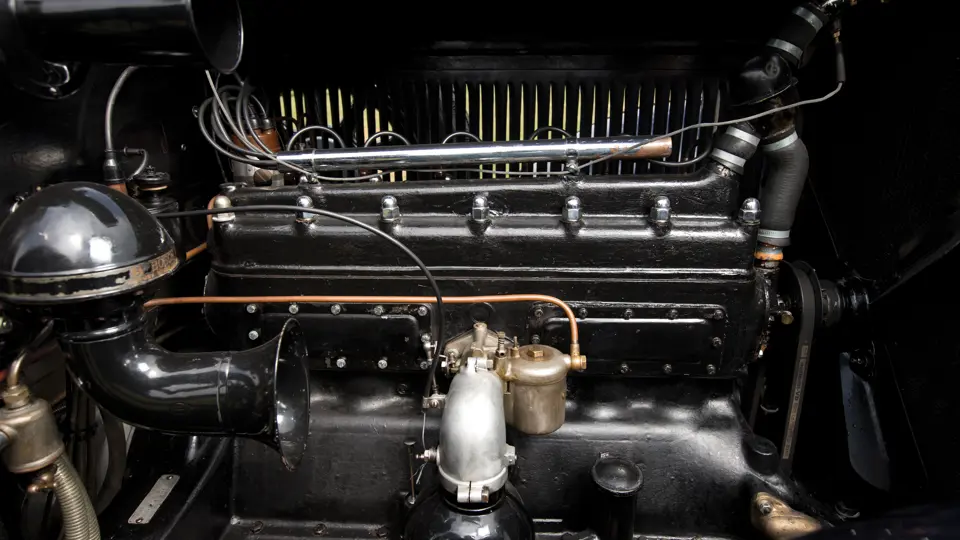


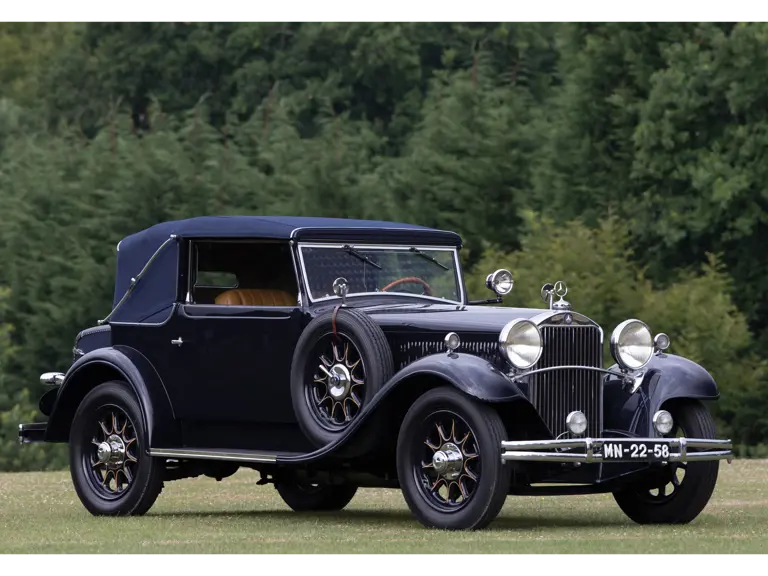
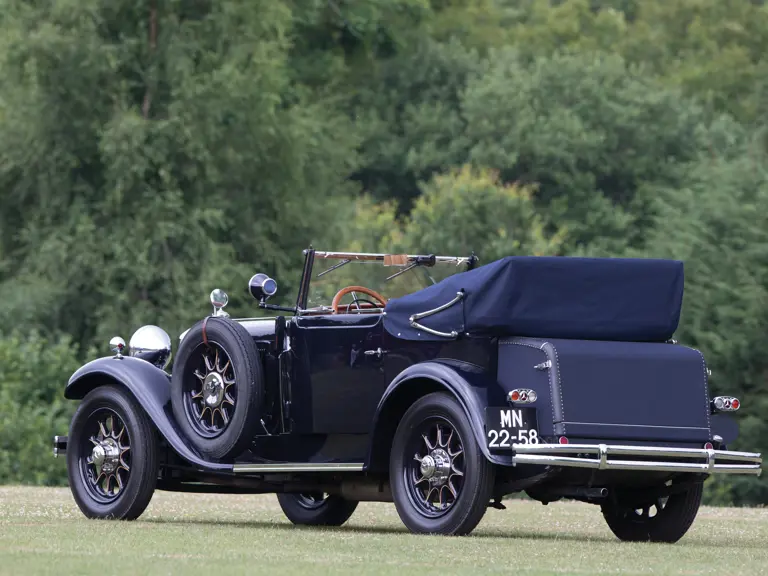
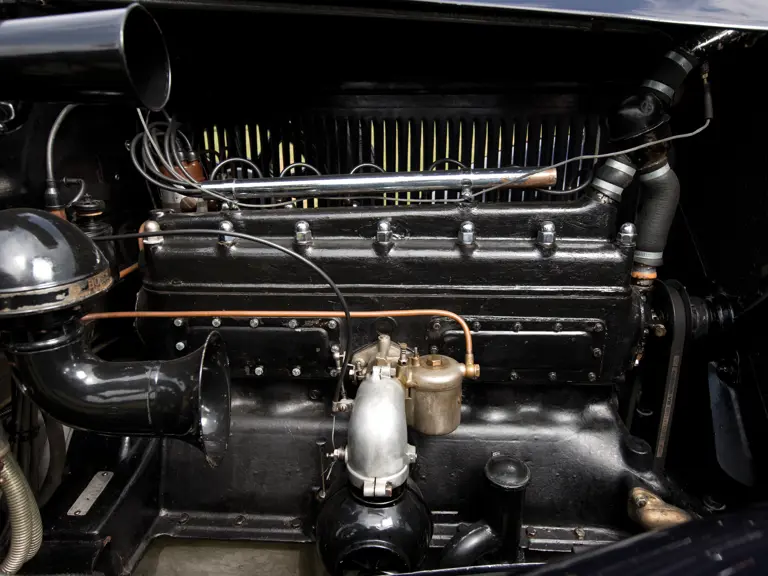

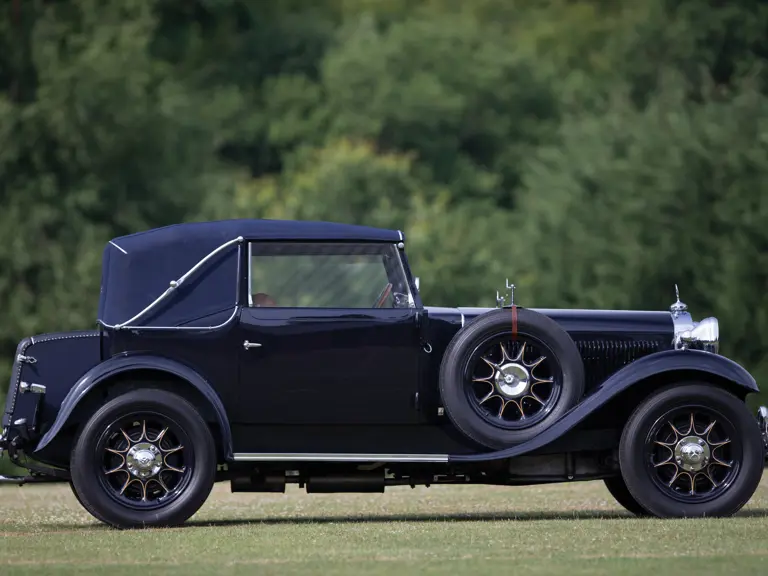

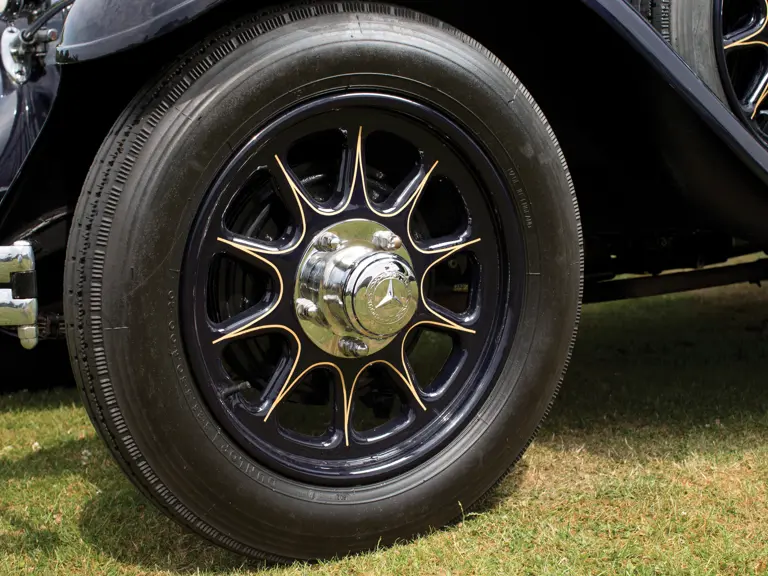



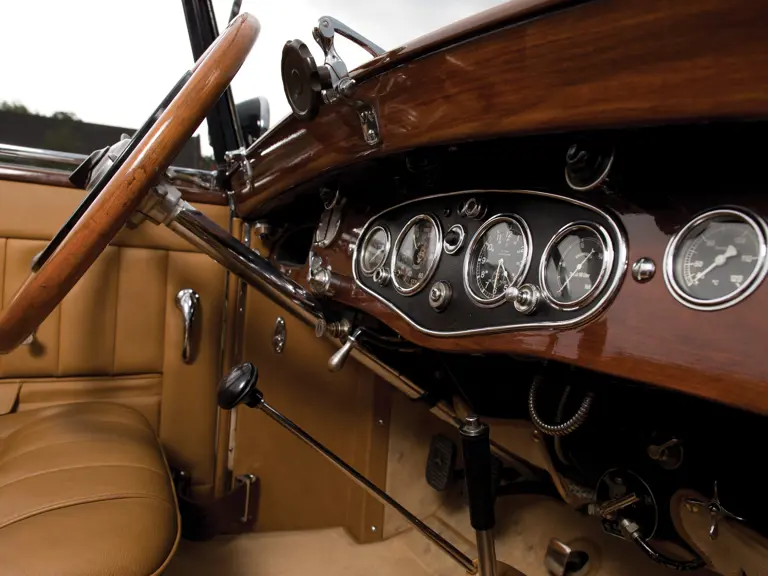
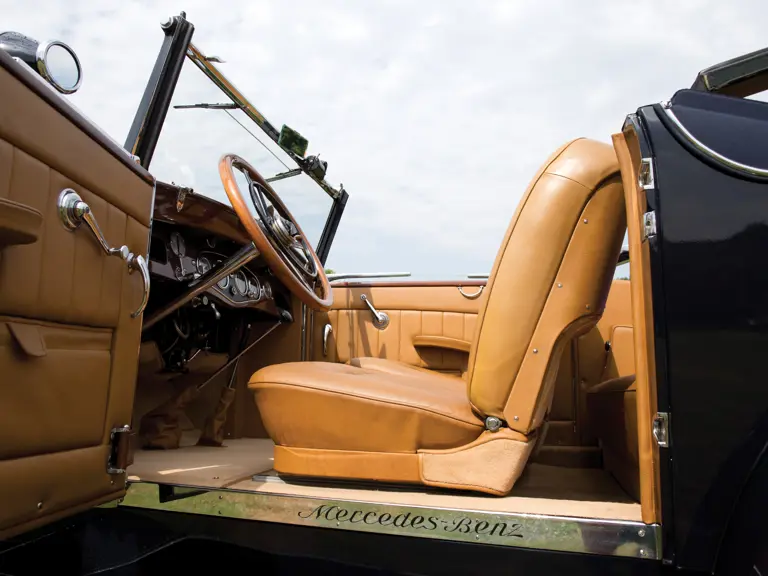

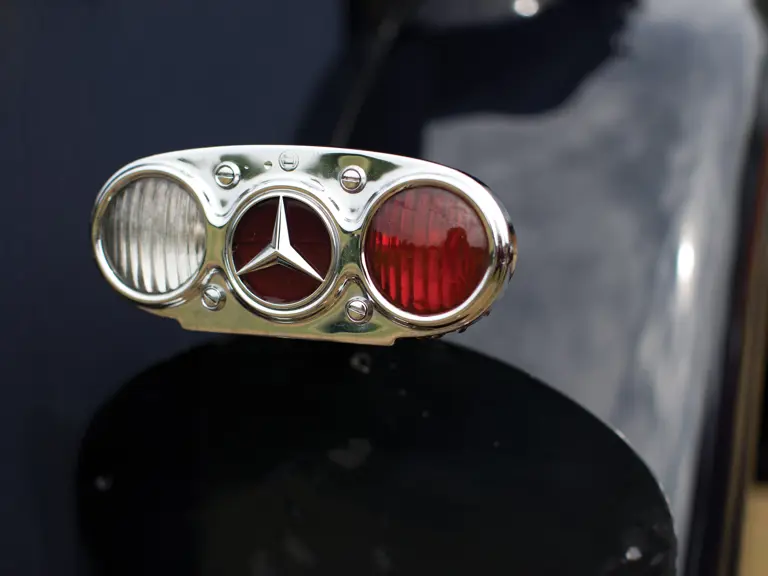
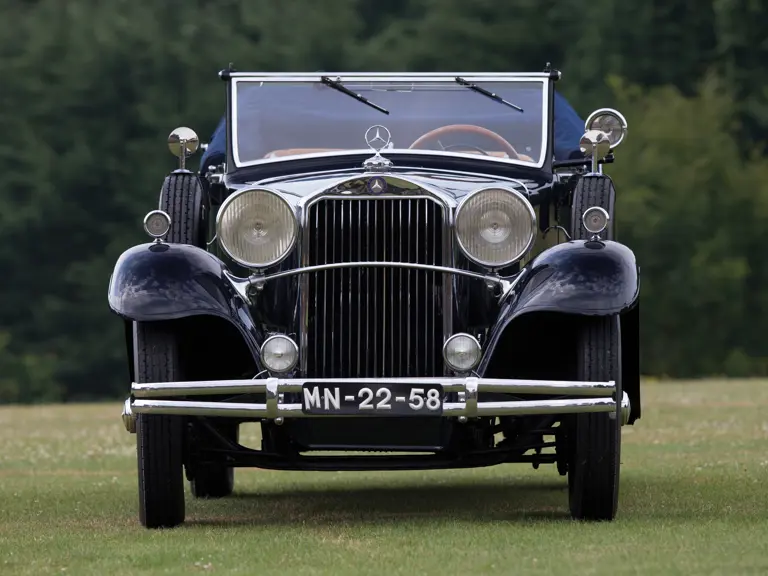
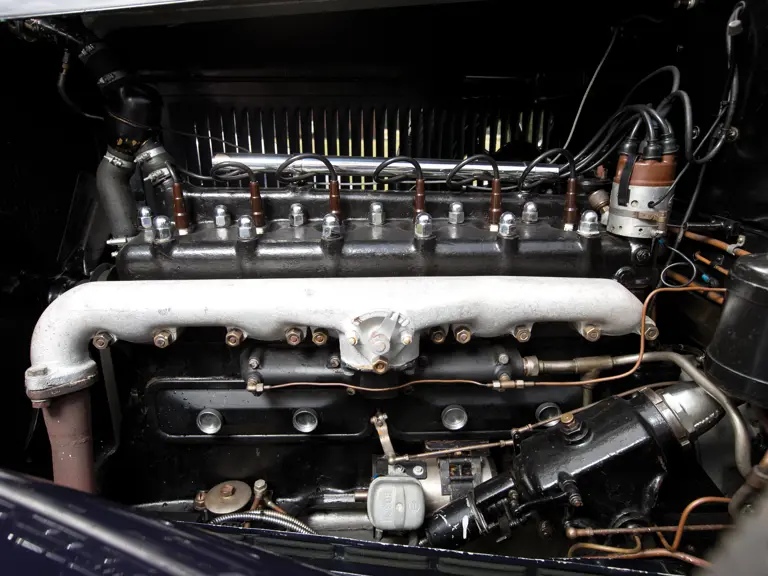

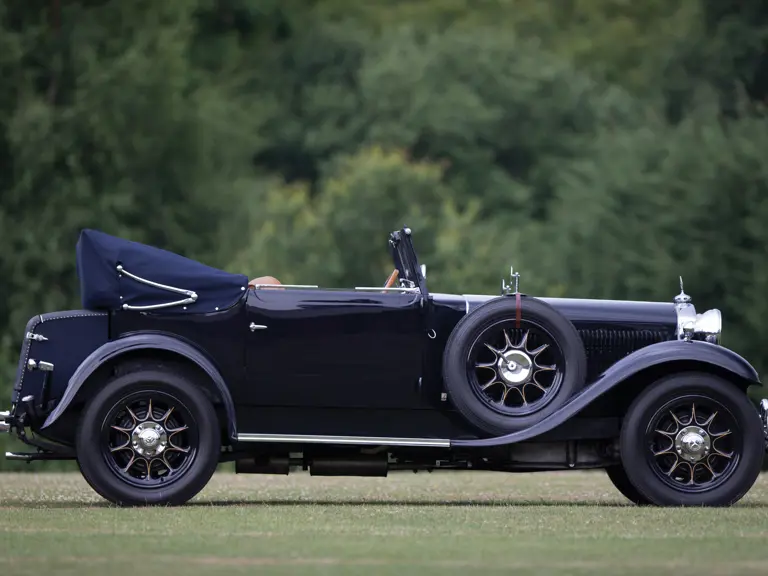
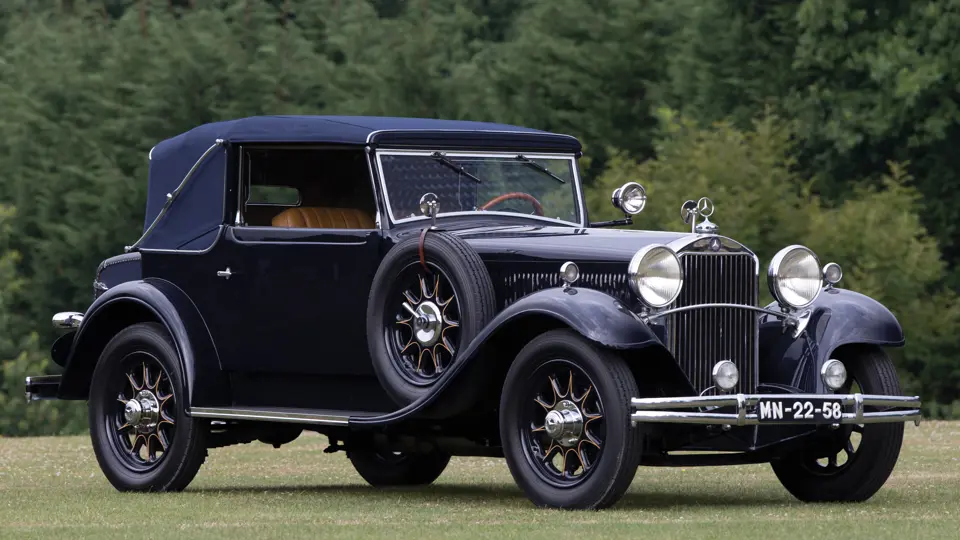
 | London, United Kingdom
| London, United Kingdom
